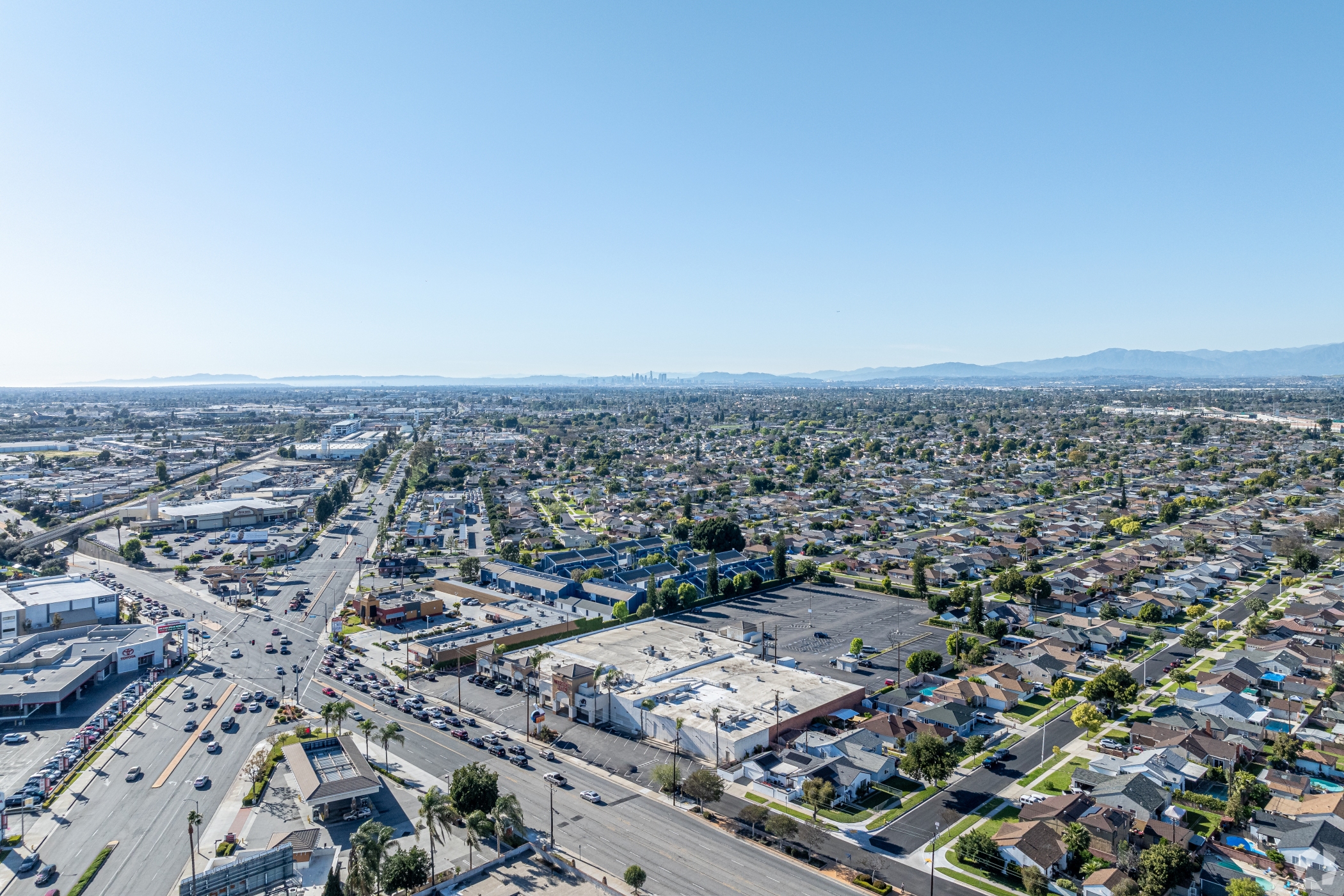Los Angeles County's assessed property value rose nearly 4% to more than $81 billion this year, led by gains in commuter-friendly communities with proximity to trade corridors, jobs and housing.
That increase, according to new data from the assessor in the nation's most populous county, is no small feat in a year marked by stubborn interest rates, shifting demand and January wildfires that dented growth.
The 4% increase, referring to valuation gains across all the county's taxable buildings, compares to a 4.8% increase in 2024, and trails the region's southern neighbors, Orange County and San Diego; both counties posted 5% growth year over year, according to their county assessors.
Despite slower growth in 2025, this year adds to a 15-year streak of consecutive valuation gains for Los Angeles County. Some of that growth comes from broad market appreciation. But a handful of cities are pulling far ahead of the pack, posting growth rates more than double the county average. In these cities, property values are rising as a result of new apartment towers, warehouse conversions, retail redevelopments and steady home price gains, according to County Assessor Jeff Prang.
The fastest risers this year include commuter-friendly suburbs bridging job centers, industrial strongholds near freight corridors and small cities on the edge of larger redevelopment waves. Higher valuations not only signal investor confidence but also pump more tax dollars into local coffers — funding infrastructure upgrades that can kick off the next cycle of growth.
Here are the six cities that saw the biggest year-over-year jumps in assessed property value from 2024 to 2025.

1. Baldwin Park (+9.2%)
Located in the San Gabriel Valley east of downtown, the Baldwin Park neighborhood has long been a working-class, commuter-friendly city with quick access to the 10 and 605 freeways. That connectivity makes it appealing for industrial property users, while its relatively affordable housing stock attracts families priced out of neighboring Arcadia or West Covina, according to CoStar research.
The city’s assessed value hit $7.2 billion this year, up nearly $610 million, driven by both industrial redevelopment and strong housing demand. In one recent multifamily deal for the region, Hilbert Properties sold a 24-unit apartment complex at 3541-3545 Big Dalton Ave for $6.3 million, or $262,500 per unit.

2. Norwalk (+9.0%)
Norwalk sits at a key crossroads between Downtown Los Angeles and northern Orange County, with the 5 and 605 freeways linking commuters to both job markets. The middle-income suburban community has increasingly become a housing hub for residents seeking more space while staying within reach of the core of the metropolitan area, driving home and rental prices higher in the region.
The city’s $953 million valuation bump to $11.5 billion reflects a mix of apartment development, single-family price growth and retail site repurposing. Meritage Homes’ $17 million acquisition of a former bowling alley at 11459 Imperial Highway for housing underscores the shift toward higher-density living. Even fast-food real estate in the city is commanding top dollar; a Raising Cane’s property at 12666 Studebaker Road sold for $8.5 million in June.

3. Bell Gardens (+8.7%)
Tucked into southeast Los Angeles County, Bell Gardens is just three square miles but benefits from its proximity to dense trade corridors and neighboring economic engines like Commerce and Downey. Long known for its modest housing stock and small retail centers, the city is starting to see infill development and property upgrades that push up values.
A $211 million jump this year is significant for such a compact city. Investors are picking up fully leased multifamily buildings and underused parcels near Florence Avenue for redevelopment. The sale of a 12-unit property at 7000 Granger Ave. for $2.7 million in January reflects rising investor appetite.

4. Montebello (+8.0%)
Montebello is a gateway city sitting along the 60 freeway, bridging the San Gabriel Valley and East LA. It has historically been overshadowed by flashier neighbors like Monterey Park, but its location and available sites are turning heads. The city is seeing both apartment infill and warehouse conversions, reflecting its hybrid role as a residential and light-industrial market.
Its nearly $664 million gain pushed total assessed value to $9 billion for the first time. Recent deals include a $2.3 million medical office sale at 229 E. Beverly Blvd. and a $1.7 million multifamily trade at 137 N. Third St., highlighting a broad-based lift across asset types.

5. City of Industry (+7.8%)
The City of Industry, with fewer than 100 residents, is a powerhouse in LA’s industrial real estate market. Sitting in the eastern San Gabriel Valley along major freight corridors, it’s packed with warehouses, distribution centers and logistics facilities serving the region’s retail and e-commerce networks.
The $927 million valuation increase to $12.8 billion reflects major warehouse transactions and new construction. One standout was MSI Computer Corp.’s $65 million purchase of the 200,000-square-foot Fullerton Road Business Park at 18045 Rowland St. from Blackstone — an owner-user deal in a market where space is scarce and demand still strong.

6. Compton (+6.8%)
Strategically located near the ports of Los Angeles and Long Beach and bisected by the 710 and 105 freeways, Compton has always been a prime industrial market. But in recent years, it’s also seen residential appreciation as buyers seek more affordable entry points into homeownership.
The city’s assessed value rose by $639 million to nearly $10 billion in 2025. Access Services’ $35 million acquisition of a 75,000-square-foot industrial site at 15914 S. Avalon Blvd. for fleet management shows how institutional players are betting on its logistical advantages. At the same time, improving safety perceptions and infrastructure upgrades are making it more attractive to residents and investors alike.
This article was corrected on Aug. 18 to remove a reference to the Thrive apartments/Costco mixed-use development.
